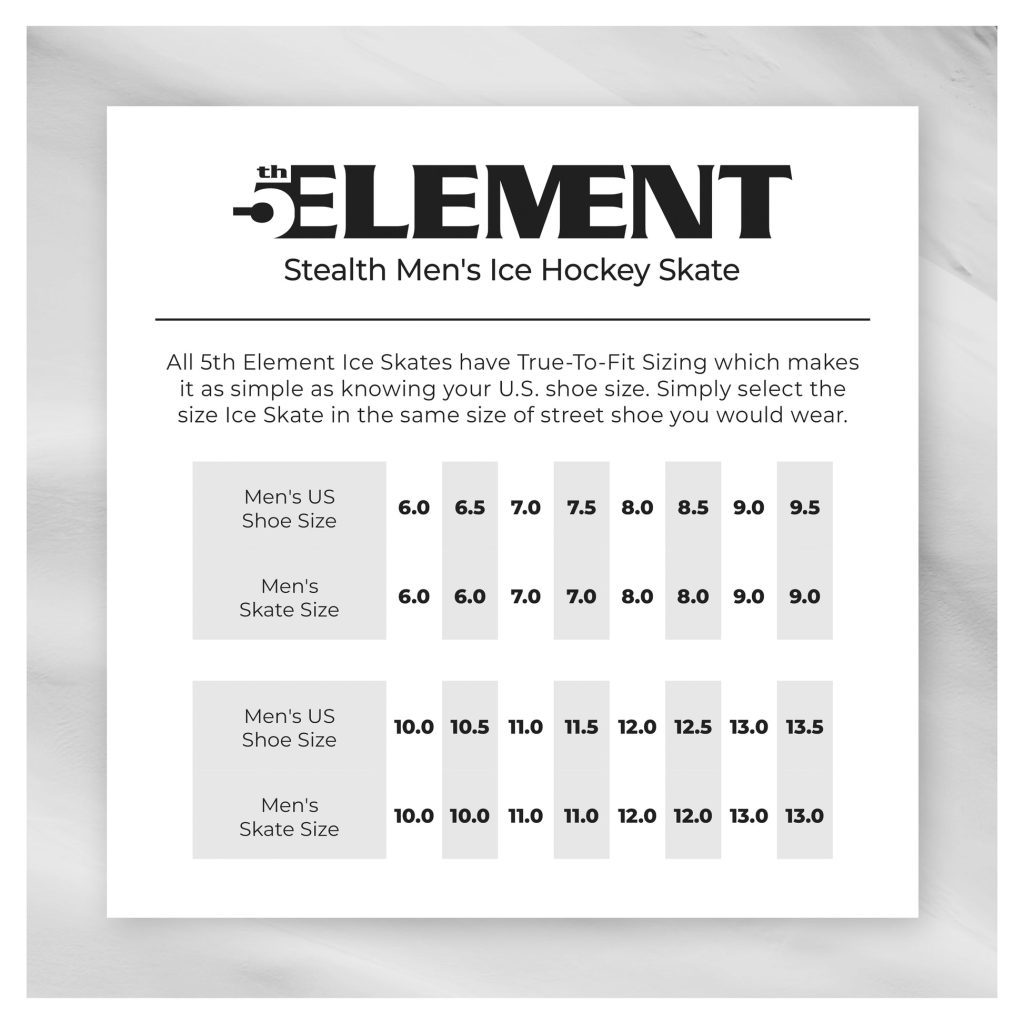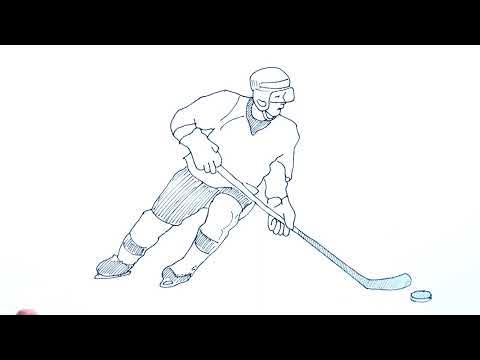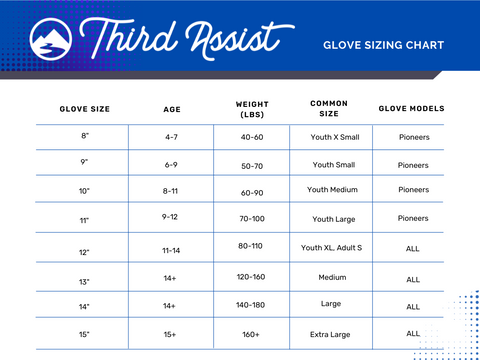Finding the right size for ice hockey skates is crucial. It affects your performance and comfort on the ice.
Ice hockey is a fast and intense sport. Ill-fitting skates can lead to blisters, poor control, and even injury. Sizing your skates properly ensures you have the support and flexibility needed for quick movements. This guide will explain how to choose the right size for your ice hockey skates.
We’ll look at factors such as foot length, width, and overall fit. Whether you’re a beginner or an experienced player, the right skate size can make a big difference. Let’s dive into the details and get you ready for the ice.

Credit: www.ebay.com
Introduction To Ice Hockey Skates
Choosing the right size for ice hockey skates is crucial. Skates that fit well enhance performance and prevent injuries. This guide covers all you need to know about sizing ice hockey skates. Let’s start with an introduction to ice hockey skates.
Importance Of Proper Fit
A proper fit in ice hockey skates is vital. It ensures comfort and control on the ice. Skates that fit well help in precise movements. They also reduce the risk of blisters and foot pain. A snug fit gives better response and agility. Hence, sizing skates correctly is essential for every player.
Common Sizing Mistakes
Many people make mistakes while sizing ice hockey skates. One common mistake is choosing skates that are too big. This can lead to poor performance and discomfort. Another mistake is not considering the width of the foot. Some skates are too narrow or too wide for certain foot shapes. Trying on skates with the same socks worn during play helps avoid these mistakes. Remember, a proper fit means snug, not tight.
Measuring Your Feet
Measuring your feet accurately is essential for finding the right ice hockey skates. Properly fitting skates enhance performance and prevent injuries. Below, we outline the tools needed and a step-by-step guide to measure your feet correctly.
Tools Needed
Before you start measuring, gather these tools:
- Pen or pencil
- Blank paper (large enough for your foot)
- Ruler or measuring tape
- Socks (similar to those worn during hockey)
Step-by-step Guide
Follow these simple steps to measure your feet:
- Put on your hockey socks.
- Place the paper on a hard, flat surface.
- Stand on the paper with your heel against a wall.
- Trace the outline of your foot with the pen or pencil.
- Repeat for the other foot.
- Use the ruler or measuring tape to measure the length from the heel to the longest toe.
- Note the measurements for both feet. Use the larger measurement if they differ.
These measurements help you find the correct skate size. Remember, a snug fit is vital for comfort and performance on the ice.
Understanding Skate Sizes
Choosing the right ice hockey skates is crucial for performance and comfort. Understanding skate sizes can be tricky, especially for beginners. Different brands and sizing systems add to the confusion. This guide will help you navigate through the various factors involved in finding the perfect fit.
Size Conversion Charts
Ice hockey skates use different sizing systems than regular shoes. It’s important to refer to size conversion charts. These charts compare skate sizes to regular shoe sizes. They help you find the right fit without trying the skates on. Many brands provide their own conversion charts. Always check these charts before making a purchase.
Differences Between Brands
Each brand has its own sizing nuances. Bauer, CCM, and True Fit skates may fit differently. Some brands may have a wider fit, while others are more narrow. Trying on different brands can help you understand which fits best. Pay attention to the width and length as both are important for comfort.
Trying On Skates
Trying on skates is a crucial step in finding the perfect ice hockey skates. Ensuring a proper fit will enhance your performance and comfort on the ice. Here’s a guide to help you through the process.
What To Look For
When trying on skates, there are several things you should check:
- Heel lock: Your heel should stay in place without slipping.
- Toe space: Your toes should lightly touch the front of the skate.
- Width: The skate should feel snug but not too tight.
- Arch support: Ensure the skate supports your arch properly.
These factors will help you determine if the skate fits well. A proper fit will prevent blisters and improve your skating performance.
Testing For Comfort
Comfort is essential for ice hockey skates. Follow these steps to test for comfort:
- Lace up: Fully lace up the skates. This will give you a true feel for the fit.
- Stand up: Stand up and bend your knees slightly. Your feet should feel secure and supported.
- Walk around: Walk around the store. This will help you identify any pressure points or areas of discomfort.
By following these steps, you can ensure the skates are comfortable for long periods. Remember, a good fit is key to enjoying your time on the ice.
Adjusting The Fit
Adjusting the fit of your ice hockey skates is crucial for comfort and performance. A proper fit ensures better control on the ice and reduces the risk of injury. This section will guide you through key techniques to achieve the perfect fit.
Lacing Techniques
Proper lacing techniques can greatly influence the fit of your skates. Follow these steps:
- Loosen the laces: Start by loosening the laces from the top to the bottom. This allows your foot to slide in easily.
- Foot placement: Place your foot in the skate, ensuring your heel is snug against the back.
- Begin lacing: Start lacing from the bottom, pulling the laces tight but not too tight. The laces should be snug enough to hold your foot in place.
- Ankle support: As you lace up toward the ankle, ensure the laces are tighter. This provides better support and stability.
- Tie securely: Finish by tying the laces securely at the top, making sure there are no loose ends.
Using Insoles And Inserts
Insoles and inserts can help achieve the perfect fit for your ice hockey skates. Consider these options:
- Custom insoles: Custom insoles are designed specifically for your foot shape. They provide additional support and comfort.
- Gel inserts: Gel inserts add extra cushioning, reducing pressure points and enhancing comfort.
- Arch supports: If you have high or low arches, arch supports can help improve your skate fit.
Using insoles and inserts can make a significant difference in the overall fit and comfort of your skates. They help in adjusting the internal space and provide better support during play.
| Insole Type | Benefits |
|---|---|
| Custom Insoles | Personalized fit, enhanced comfort |
| Gel Inserts | Extra cushioning, reduced pressure |
| Arch Supports | Improved fit for high/low arches |

Credit: www.amazon.com
Special Considerations
When sizing ice hockey skates, several special considerations come into play. These factors can impact the comfort and performance of the skates. This section will discuss specific situations that may affect your choice.
Skates For Wide Feet
Finding the right skates for wide feet can be challenging. Standard skates often feel tight and uncomfortable. Many brands offer wide-width options to address this issue. Look for skates marked as “EE” or “W.” These skates provide extra room in the toe box and forefoot. This ensures a snug fit without causing pain.
Youth Vs. Adult Skates
Youth and adult skates differ in size and construction. Youth skates are smaller and lighter. They are designed to fit growing feet. Adult skates offer more support and durability. When choosing between youth and adult skates, consider the player’s age and foot size. Youth skates typically fit kids up to age 12. Adult skates are suitable for teenagers and older players.
Maintaining Your Skates
Properly maintaining your ice hockey skates is crucial for performance and longevity. Neglecting maintenance can lead to poor performance and discomfort. Follow these tips to keep your skates in top shape.
Blade Care
Keeping your skate blades in good condition is essential. Dull blades make it hard to skate. Sharp blades give better control and speed. Follow these steps for blade care:
- Dry the Blades: After skating, use a towel to dry the blades. Moisture can cause rust.
- Use Blade Covers: Use blade covers for storage. This protects the blades from damage.
- Regular Sharpening: Sharpen your blades regularly. The frequency depends on how often you skate. A good rule is every 15-20 hours of skating.
- Check for Damage: Inspect the blades for nicks and burrs. Address any damage immediately to avoid further issues.
Boot Maintenance
The boot of your skate also needs attention. Proper boot care ensures a comfortable fit. Here are some tips for boot maintenance:
- Air Them Out: After skating, remove the liners and let them air out. This helps prevent odor and bacteria buildup.
- Check the Laces: Ensure the laces are in good condition. Replace worn or frayed laces.
- Inspect the Eyelets: Check the eyelets for damage. Broken eyelets can affect lace tension.
- Clean the Boots: Wipe down the boots with a damp cloth. Remove any dirt or debris.
- Proper Storage: Store your skates in a cool, dry place. Avoid leaving them in the car or garage.
By taking care of your skates, you ensure they last longer and perform better. Regular maintenance keeps you on the ice and enjoying the game.
Expert Tips
Finding the perfect ice hockey skate fit can be tricky. These expert tips will help you size your skates like a pro. Follow these guidelines to improve your comfort and performance on the ice.
When To Replace Skates
Worn-out skates can affect your performance. Look for signs of wear and tear. Check the skate blades regularly. If they are dull or damaged, it’s time to replace them. Examine the boot for cracks or breakdown in support. If your feet feel unstable, new skates may be needed.
Professional Fitting Services
Consider using professional fitting services. Experts can measure your feet accurately. They can also assess your skating style and recommend the best fit. Professional fittings ensure you get the right size. This can prevent injuries and improve your game.

Credit: sportsexcellence.com
Frequently Asked Questions
How Do I Know My Skate Size?
To determine your skate size, measure your foot length in inches. Ice hockey skates generally run 1-1. 5 sizes smaller than your regular shoe size.
What If My Skates Are Too Tight?
If your skates are too tight, they can cause discomfort and restrict blood flow. Consider getting a half size bigger or heat-molding your skates for a better fit.
Can I Wear Thick Socks With Hockey Skates?
Wearing thick socks with hockey skates is not recommended. Thick socks can alter the fit and cause discomfort. Use thin, moisture-wicking socks instead.
How Should Hockey Skates Fit?
Hockey skates should fit snugly without causing pain. Your toes should barely touch the toe cap, and your heel should not lift when you skate.
Conclusion
Finding the right size for ice hockey skates is crucial. Proper fit ensures comfort and performance. Always measure both feet. Consider trying on different brands. Each brand may fit differently. Walk around in the skates. Make sure they feel snug but not tight.
Remember, a little pain now is better than blisters later. Happy skating and stay safe on the ice!



